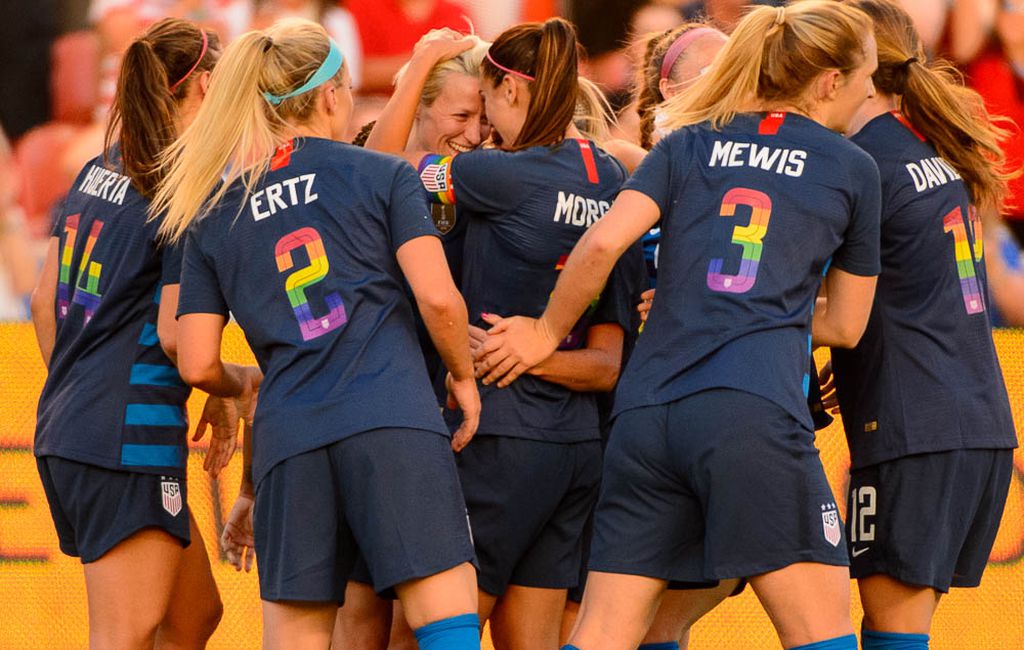Three years ago, the U.S. women’s soccer team filed a $24 million gender discrimination lawsuit against the U.S. Soccer Federation. This May, after a prolonged and public battle, the players association for the U.S. women’s and men’s national teams negotiated a groundbreaking collective bargaining agreement.
The agreement enshrines a number of new protections for both teams. But most importantly, the agreement creates equal pay structures and requires the U.S. Soccer Federation to share World Cup prize money equally between both the men and women’s national teams.
It’s a first for any soccer federation in the world — and an inspiring victory for fairness in any industry.
Consider the women’s team’s impressive record — which includes four World Cup wins, four Olympic gold medals, and FIFA’s world No. 1 ranking for five straight years. The men’s team, by comparison, failed to qualify for the World Cup in 2018 and hasn’t made the quarterfinals or better in the World Cup since 2002.
Under the previous rules, had the men’s team qualified in 2018, they would have likely received first-round exit prize money worth $8 million — double what the women’s team took home for winning the 2019 Women’s World Cup.
Now the two teams will get equal pay for equal success.
This agreement would not have been possible without decades of tireless activism from players who have decried the double standards present in U.S. and global soccer.
Whether it was turning their warm-up jerseys inside out to obscure the U.S. Soccer Federation crests or kneeling in support of racial justice, the U.S. women’s team embodies a culture of protest that reflects the ongoing struggles of women and marginalized groups across the world.
It’s not hard to see the parallels in the broader economy.
Men, for example, make up an overwhelming majority of top earners across the U.S. economy, even though women now represent almost about the country’s workforce. At the top 0.1 percent level, women make up only 11 percent.
But there’s another important parallel in how the teams corrected this imbalance: unions.
This equal pay for equal success victory could not have been achieved without the collective strength and solidarity that a union provides. By coming together in their contract negotiations, the men’s and women’s teams both inspire and benefit each other.
In the latest collective bargaining agreement, for example, athletes on the men’s national team will now have access to paid child care, a benefit the women’s team has enjoyed for over 25 years. This agreement is a testament to how everyone can win when you fight for those at the bottom.
Even beyond soccer and beyond the United States, the contract is groundbreaking.
It provides a roadmap to equity for other national sports teams, like basketball and hockey, which face similar challenges. It could also be replicated in places like France or Germany, where teams have an even higher level of success and larger budgets than the U.S. Soccer Federation.
But it’s also a roadmap for those of us who aren’t professional athletes.
As unionization efforts take flight at Starbucks, Amazon, and other big, profitable employers, America’s most dominant national sports team is showing how the workers who make companies successful can claim their fair share of the rewards.
Goal!
Brian Wakamo is an Inequality Research Analyst at the Institute for Policy Studies and a co-editor of Inequality.org. This op-ed was adapted from Inequality.org and distributed by OtherWords.org.
